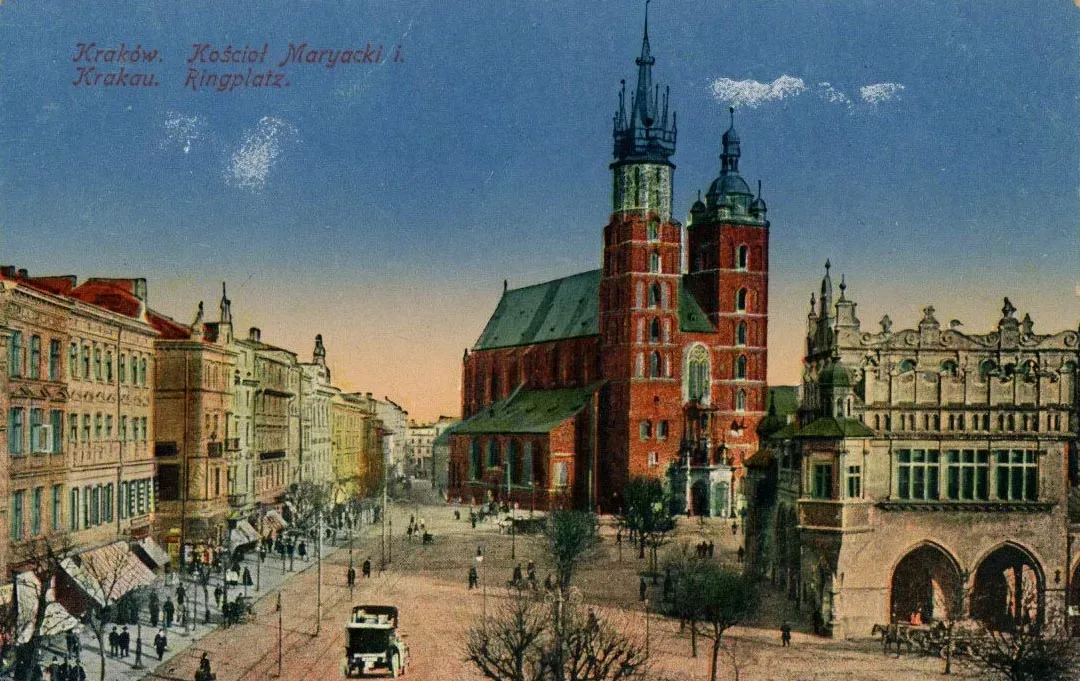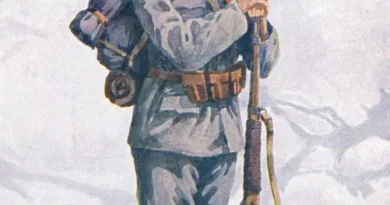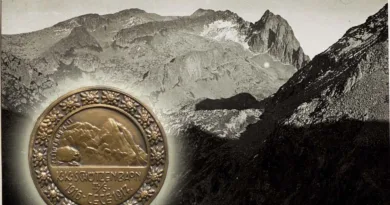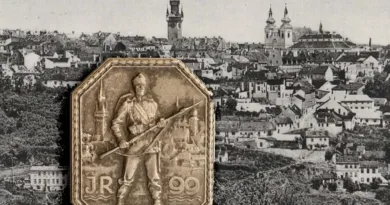Kraków
For me Kraków is the nicest Polish city. It is second most populous, today it has a population of 760,000. Throughout the history of Poland, it was the capital city until 1795. It is not only a royal seat, but also the seat of the Krakow diocese. It was first mentioned in writing in 966. The city is located on and around the Wawel height. His bishopric was founded in 1000. It became the capital in 1038. It has been a crowning city since the 1300s. The medieval city core and the city walls were built from this time. Most of the walls were demolished under Austrian authority, but the Florian Gate remained.


I’ve already presented the first Kappenabzeichen of Kraków in connection with a photo here. The badge of the 19th Landwehr Regiment shows the towers of the Church of Mary. The church is located in the Main Square. It was built on the site of a former church, which was destroyed in the Tatar invasion. It was last renovated in neo-Gothic style in 1891. The larger tower of the church is 82 meters high. The most eye-catching tower helmet was made in 1478. The smaller tower is 69 meters high and was designed to accommodate the church chimes. The tower helmet is Renaissance-style and was built in 1592. I also liked the higher north tower with all the little towers around.

The other Krakow badge shows the Florian Gate, the remaining part of the medieval city wall. Next to it you can see the edge of the barbican built in front of the gate. Another main motif of the badge is the Polish rider. According to the inscription on the band on the lower part, the badge belongs to the Polish Legion. Down in the middle is a scaled-down copy of the Legionnaire’s badge decorated with a Polish eagle. The date on the badge, August 16, 1914, is primarily reminiscent of the sinking of the cruiser Zenta for Hungarian readers. From a Polish point of view however, the date is more related to an event in Krakow. It is the date of the formation of the National High Commission (NKN). This organization controlled the previously formed Polish legions. With this event, it was decided that the movement to establish an independent Polish state, led by Jozef Pilsudski, would commit itself to the Austrian side in the war.






